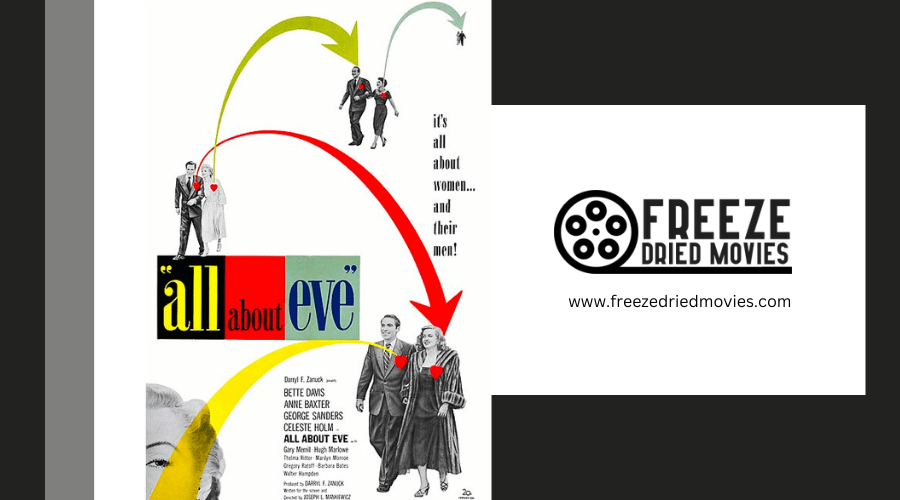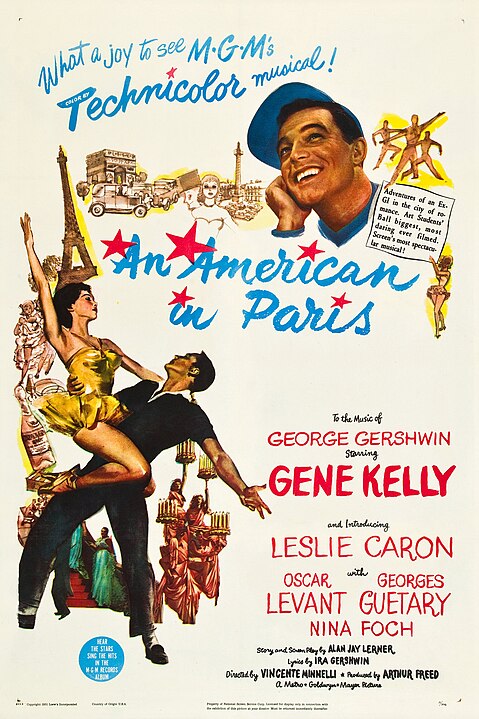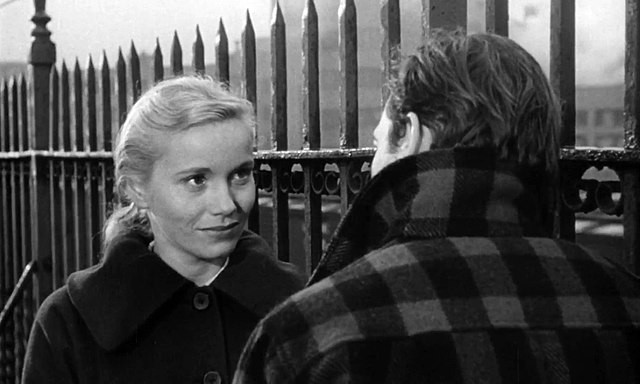As you explore the Oscar gold of the 1950s, you’ll find that this decade was not just about the glitz but a pivotal moment in cinematic history. Films like ‘All About Eve’ and ‘On the Waterfront’ didn’t just win awards; they transformed storytelling. Directors like Joseph L. Mankiewicz and Vincente Minnelli pushed the boundaries, tackling themes of betrayal, ambition, and the human condition with a depth previously unseen. You’re standing at the threshold of understanding how these films not only captured the essence of their time but also shaped the future of filmmaking. Let’s uncover what made these winners so unforgettable and why their legacy continues to influence cinema today.
Key Takeaways
- ‘All About Eve’ (1950) and ‘On the Waterfront’ (1954) are among the iconic Best Picture winners from the 1950s.
- ‘An American in Paris’ (1951) set new standards in visual and musical storytelling in cinema.
- The 1950s Best Picture winners showcased a diversity in themes, from societal issues to deep character studies.
- Directors like Joseph L. Mankiewicz and Elia Kazan were instrumental in crafting these groundbreaking films.
- These movies, including ‘All About Eve’ and ‘On the Waterfront,’ left a lasting legacy on filmmaking and storytelling.
Decade of Diversity
The 1950s showcased a tapestry of Best Picture winners, ranging from ‘All About Eve’ to ‘On the Waterfront,’ highlighting a decade rich in diversity. You’ve got ‘An American in Paris,’ sweeping you off to the vibrant streets of Paris with its musical exuberance. Then, there’s ‘On the Waterfront,’ dragging you into the gritty world of longshoremen, a film that not only showcased Marlon Brando’s iconic performance but also highlighted Elia Kazan’s masterful direction.
Directors like Joseph L. Mankiewicz, Vincente Minnelli, and Kazan didn’t just make movies; they crafted cinematic experiences that explored various themes and settings. From the backstage drama of aging actresses to the corruption-riddled docks of the waterfront, these films offered a slice of life, reflecting the evolving cinematic landscape of the time.
The performances in these films weren’t just acting; they were phenomena. Marlon Brando, with his brooding intensity in ‘On the Waterfront,’ became a symbol of the era’s gritty realism. These Best Picture winners weren’t just movies; they were milestones that showcased a mix of classic Hollywood glamour, musical exuberance, and gritty realism, defining a decade of diversity in cinematic achievements.
Cinematic Milestones
Exploring the 1950s, you’ll find that movies like ‘All About Eve’ and ‘On the Waterfront’ didn’t just win Best Picture; they set new benchmarks in storytelling and filmmaking. These films, along with others from the decade, marked cinematic milestones that pushed the boundaries of what audiences expected from the silver screen. They not only captured the essence of their time but also showcased the evolving craft of movie-making under the guidance of directors like Vincente Minnelli and Elia Kazan.
Here are three key milestones from the 1950s Best Picture Winners:
- Redefining Narratives: ‘All About Eve’ challenged traditional storytelling with its sharp wit and complex portrayal of ambition and betrayal in the theater world.
- Exploring Social Issues: Elia Kazan’s ‘On the Waterfront’ brought to light the grim realities of corruption and redemption, winning eight Academy Awards and setting a precedent for films tackling real-world issues.
- Visual and Musical Innovation: ‘An American in Paris’, directed by Vincente Minnelli, was celebrated for its groundbreaking integration of classic music and ballet into cinematic storytelling, enriching the visual and auditory experience of 1950s films.
These Best Picture Winners didn’t just entertain; they left a lasting impact on the art of filmmaking and the Academy Awards’ legacy.
Storytelling Evolution
Throughout the 1950s, Best Picture winners like ‘All About Eve’ and ‘On the Waterfront’ revolutionized how stories were told on the big screen, reflecting a period of dramatic narrative evolution. You witnessed a shift in storytelling that wasn’t just about presenting a plot but delving deep into character dynamics and societal issues. The rivalry in ‘All About Eve’ wasn’t merely surface-level; it was a profound exploration of ambition, deceit, and personal struggles, resonating with audiences far beyond the theater seats.
Films like ‘From Here to Eternity’ and ‘An American in Paris’ didn’t shy away from complex themes of love, duty, corruption, and redemption. They introduced you to stories where love triangles and cultural explorations were more than plot devices; they were gateways to understanding deeper societal narratives. These stories showcased not just the intricacies of plot development but also thematic richness, laying bare the human condition in ways previously unexplored in cinema.
The 1950s Best Picture winners set a benchmark in storytelling, offering a lens into the depth of character development and the multifaceted nature of personal and societal challenges. This era’s films were a masterclass in narrative sophistication, forever changing the landscape of cinematic storytelling.
Icons of the Era
In the 1950s, actors like Marlon Brando and directors such as Elia Kazan became icons, transforming cinema with their groundbreaking work. This decade proved pivotal, not just for the evolution of storytelling, but for cementing the legacies of those who’d become synonymous with cinematic excellence. Their contributions didn’t just shape the era; they defined it, creating movie classics that continue to resonate.
Consider these iconic films and their impact:
- ‘All About Eve’ (1950): This film, winning six Academy Awards, including Best Picture, explores the complexities of fame, showcasing the riveting performances that make it a timeless classic.
- ‘On the Waterfront’ (1954): Marlon Brando’s portrayal of Terry Malloy brought a raw, emotional depth to the screen, earning the film eight Academy Awards and setting a new benchmark for actors everywhere.
- ‘An American in Paris’ (1951): With its vibrant depiction of Paris and innovative musical numbers, this film captivated audiences, highlighting the artistic possibilities of cinema beyond traditional storytelling.
These movies weren’t just Best Picture winners at the Academy Awards; they were masterpieces that stood out in the 1950s, leaving an indelible mark on the landscape of film.
Legacy of Winners
The legacy of 1950s Best Picture winners, from ‘All About Eve’ to ‘On the Waterfront,’ has profoundly shaped today’s cinema landscape, offering timeless lessons in storytelling and performance. These iconic films, including ‘An American in Paris’ and ‘From Here to Eternity,’ have not only stood the test of time but continue to be celebrated for their innovative storytelling, engaging performances, and notable impact on cinema. Covering a diverse range of genres and themes, these winners showcase the era’s versatility and quality of filmmaking.
You’ll find that many of these Academy Award-winning films went on to receive multiple Oscars, further solidifying their place in cinematic history. Their accolades aren’t just a reflection of their excellence but also a marker of their influence on the industry and audiences worldwide. The legacy of these Best Picture winners from the 1950s continues to inspire and influence filmmakers, demonstrating the enduring power of classic movies. Through their achievements, they highlight the Academy’s role in recognizing films that possess an everlasting appeal and contribute significantly to the art and craft of filmmaking.
Frequently Asked Questions
Who Won the Oscar for Best Picture in the 1950s?
Films like ‘All About Eve,’ ‘An American in Paris,’ and ‘On the Waterfront’ took home the coveted award during that decade.
What Was the Best Picture in 1955?
It was ‘Marty,’ a film that captured hearts with its story of a lonely butcher’s search for love. Directed by Delbert Mann, it swept four Oscars, celebrating character-driven narratives.
What Film Was Best Picture of 1952 at the Oscars?
It was ‘The Greatest Show on Earth,’ directed by Cecil B. DeMille. This film, set in a circus, thrilled audiences with its drama and spectacle.
What Was the Movie of the Year in 1950?
The movie of the year in 1950 was ‘All About Eve.’ It’s a drama that stars Bette Davis and Anne Baxter, focusing on a riveting rivalry. It won six Academy Awards, including Best Picture.
Conclusion
You’ve journeyed through the 1950s, a decade where cinema didn’t just entertain but transformed. With each Best Picture winner, from ‘All About Eve’ to ‘On the Waterfront,’ you’ve seen how storytelling evolved, themes deepened, and icons were born. These films didn’t just mirror society; they shaped it, leaving a legacy that filmmakers still draw from today. The era’s diversity in storytelling and cinematic achievements set the stage for the future, proving that great stories are timeless.





